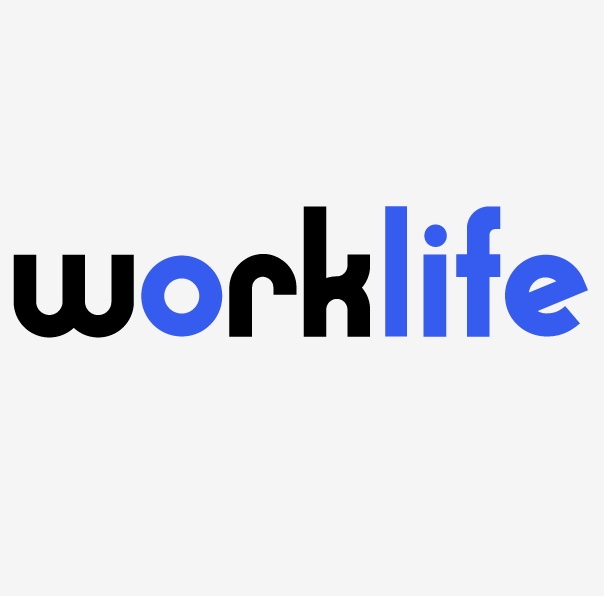
The federal government received more charges of discrimination, filed more lawsuits and secured more monetary relief for employees in fiscal year 2023 than in the previous fiscal year.
The U.S. Equal Employment Opportunity Commission’s (EEOC’s) latest annual report shows the agency secured more than $665 million to resolve discrimination cases in FY 2023—a 29.5 percent increase over FY 2022. The amount includes more than $202 million for 5,943 federal employees and job applicants—an increase of 53 percent over the previous year.
“For nearly six decades, the EEOC has been entrusted with the clear mission of preventing and remedying discrimination in our nation’s workplaces,” EEOC Chair Charlotte A. Burrows said in a statement. “That legacy and our ongoing work are vitally important as we rebuild the economy to work for everyone and fulfill our nation’s promise of equal justice for all.”
The agency also:
- Received 81,055 new discrimination charges, a 10.3 percent rise over FY 2022.
- Filed 143 new lawsuits, an increase of more than 50 percent compared with FY 2022.
- Obtained more than $22.6 million for 968 individuals in litigation while resolving 98 lawsuits and achieving “favorable results” in 91 percent of all federal district court resolutions.
Stephen Paskoff, CEO of training company Employment Learning Innovations in Atlanta and a former EEOC litigator, said he wasn’t surprised by the rise in enforcement and subsequent penalties due to claims of discrimination and harassment.
“We now have expanded ways of communicating, where instances of misconduct, harassment or discrimination are no longer limited to in-person or over-the-phone interactions,” he said. “Emails, virtual calls, texts, social media, etc. create more concrete evidence of misconduct that results in more filings and claims to pass.”
How the Pandemic ‘Changed the Dynamic’ of Misconduct
Mark Kluger, an attorney with Kluger Healey in Fairfield, N.J., said that social movements such as #MeToo and Black Lives Matter have resulted in increased awareness and sensitivity to workplace harassment and discrimination issues—but nothing has changed the dynamic more than the pandemic.
“So many more employees have not only become ‘Google lawyers’ during the last four years but also just seem to simply resent having to work,” he said. “This has resulted in many employees pursuing every avenue to claim that they are being mistreated from a legal perspective even when they are not.”
However, many claims of harassment and discrimination are legitimate, according to Paskoff, who noted that the popularity of remote and hybrid work “only increases the methods by which uncivil conduct can arise.”
“In our experience, issues with noncompliant behaviors that rise to the level of EEOC enforcement usually aren’t a matter of being aware of the rules,” he said.
Paskoff explained that many “bad actors” are aware that they’re engaging in misconduct yet persist in these behaviors because:
- They feel they can get away with it.
- Recipients and bystanders don’t take the necessary steps to report them.
“Or worst of all: These issues are reported, but the organization fails to adequately address them,” Paskoff said. “All of this emboldens the bad actors and leads to greater risk exposure, as well as an unhealthy organizational culture.”
How to Avoid Charges of Discrimination
Discrimination-related lawsuits can cause reputational harm. Kluger recommended that employers be vigilant in ensuring that decisions that are made from hiring to firing have legitimate, documented and nondiscriminatory reasons to support them.
“Employers need to err on the side of caution before taking actions that could result in employment litigation,” he said.
Peter Spanos, an attorney with Taylor English Duma in Atlanta, told SHRM Online in 2022 that adopting clear and meaningful anti-harassment and anti-discrimination policies and hosting employee forums periodically could help reduce discrimination-related lawsuits.
Paskoff laid out additional ways that organizations can avoid charges of discrimination and improve workplace civility.
- Educate the workforce. Training is a critical element of prevention, but it requires additional reinforcement to truly impact people’s behavior. This starts with leadership being fully aware of the behavioral standards, modeling them personally and communicating expectations around them—including consequences for violations.
- Create a psychologically safe workplace. Leaders also need to foster psychological safety in their work environments, which increases the likelihood that employees will report misconduct when they see or experience it.
- Respond to misconduct. It takes courage for people to speak up, Paskoff said. But it also takes organizational commitment so that when employees report misconduct, leadership is receptive and responds promptly, appropriately and consistently.
- Think about the long-term ramifications. While the increased EEOC enforcement is serious, the damage from a weakened organizational culture can be far worse, resulting in lower recruitment and retention rates, as well as a damaged reputation.
“The ultimate goal is to support a culture that is compliant, civil and protects people and the organization’s reputation while producing the best results,” Paskoff said. “Organizations must commit to and regularly communicate their behavioral standards—up to and including consequences for violations including termination, if warranted.”





